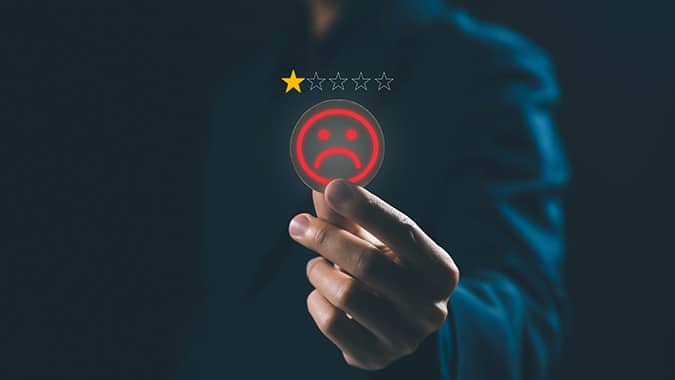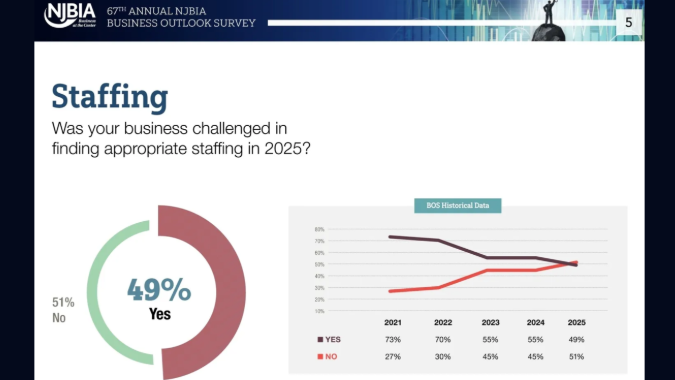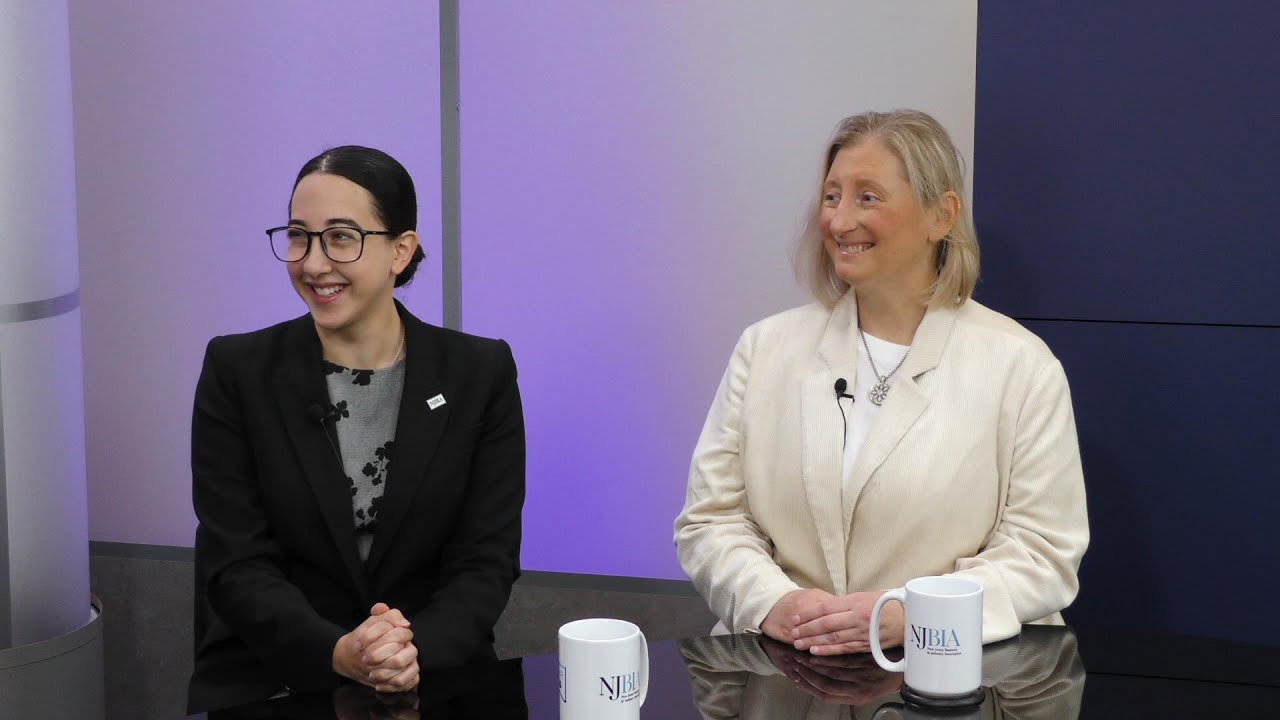U.S. businesses risk losing $856 billion annually because of poor customer service, according to research from the Qualtrics XM Institute, which found that more than half of consumers reduce or stop spending with a brand after a negative customer experience.
Globally, organizations are putting $3.7 trillion annually at risk because of bad customer experiences, according to the research, which surveyed consumers in 25 countries. Inflation, low morale among frontline workers, and a reluctance of consumers to give feedback after bad experiences all contribute to a projected 19% increase in lost revenue compared to last year.
Just one negative interaction can result in losing a customer and their future potential spending, the study found. After a negative experience, consumers reduce or stop spending with that brand more than half the time (51% of negative experiences). That figure jumps to over 60% for parcel delivery providers and fast-food restaurants.
The growing cost of poor customer service comes at the same time when consumer trust in businesses in the US is at its lowest point since 2016, outside of the 2020 pandemic-led crash. While consumers report slightly fewer negative experiences (-2.2 % points) compared to a year ago, increases in consumer spending mean there is more revenue at risk.
The world's total household consumption expenditure jumped by over $7.7 trillion in U.S. dollars compared to last year while a greater share of poor interactions led to reduced spending – an increase of 1.6 points over last year.
"The price tag on delivering a bad customer experience has surged, even as many industries managed to reduce the frequency of bad experiences in 2023," said Bruce Temkin, head of Qualtrics XM Institute.
"While many industries reduced the frequency of their bad customer experiences, the price tag associated with those mistakes has surged,” Temkin said. “In 2024, companies need to be more careful than ever not to mistreat customers, or they will dig themselves a long-term hole as customers head to their competitors."
Previous research from Qualtrics XM Institute has shown that investing in frontline employees pays off with improved customer experiences. However, Qualtrics found that frontline workers, such as cashiers, bank tellers or restaurant servers have the worst morale compared to other types of employees and they feel a lack of support to effectively do their job.
Companies are also grappling with a growing reluctance among consumers to take the time to give direct feedback such as survey responses. Only a third of consumers give direct feedback every time they have a bad experience with a company, but they are providing feedback in less direct ways, such as in call center conversations, online chat, product reviews and social media posts. Artificial intelligence can be used to analyze these unstructured forms of feedback and help companies build a richer understanding of what customers want and expect by tuning into both direct and indirect sources of feedback, the study said.
Other key findings include:
- Governments disappoint the most. Consumers reported experiencing a bad customer experience most often with government agencies (26%) and least often with supermarkets (6%).
- Fast food loses the most sales. After a bad experience, consumers are most likely to stop or decrease spending with fast-food restaurants and are least likely to cut back their interactions with public utilities (64%).
- Automotive dealers shed the most customers. After a bad experience, consumers are most likely to stop doing business completely with an auto dealer (22%) and least likely to stop doing business with public utilities (6%) and supermarkets (6%).
The data comes from a global consumer study that Qualtrics XM Institute conducted in the third quarter of 2023. The XM Institute asked 28,400 consumers about their recent bad experiences with organizations across 20 industries and how they changed their spending afterward. Responses were collected across 25 countries, including the United States.




